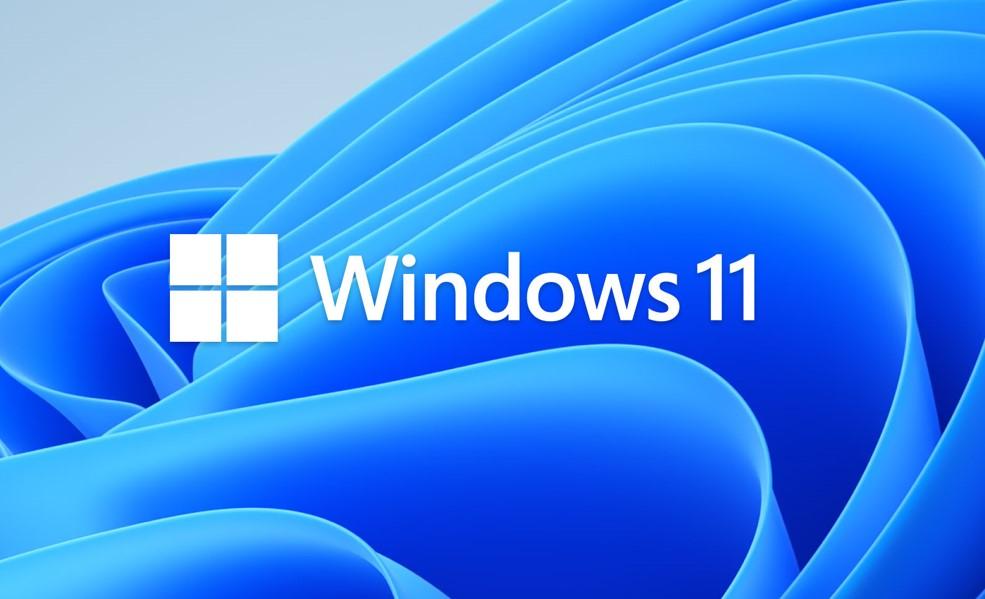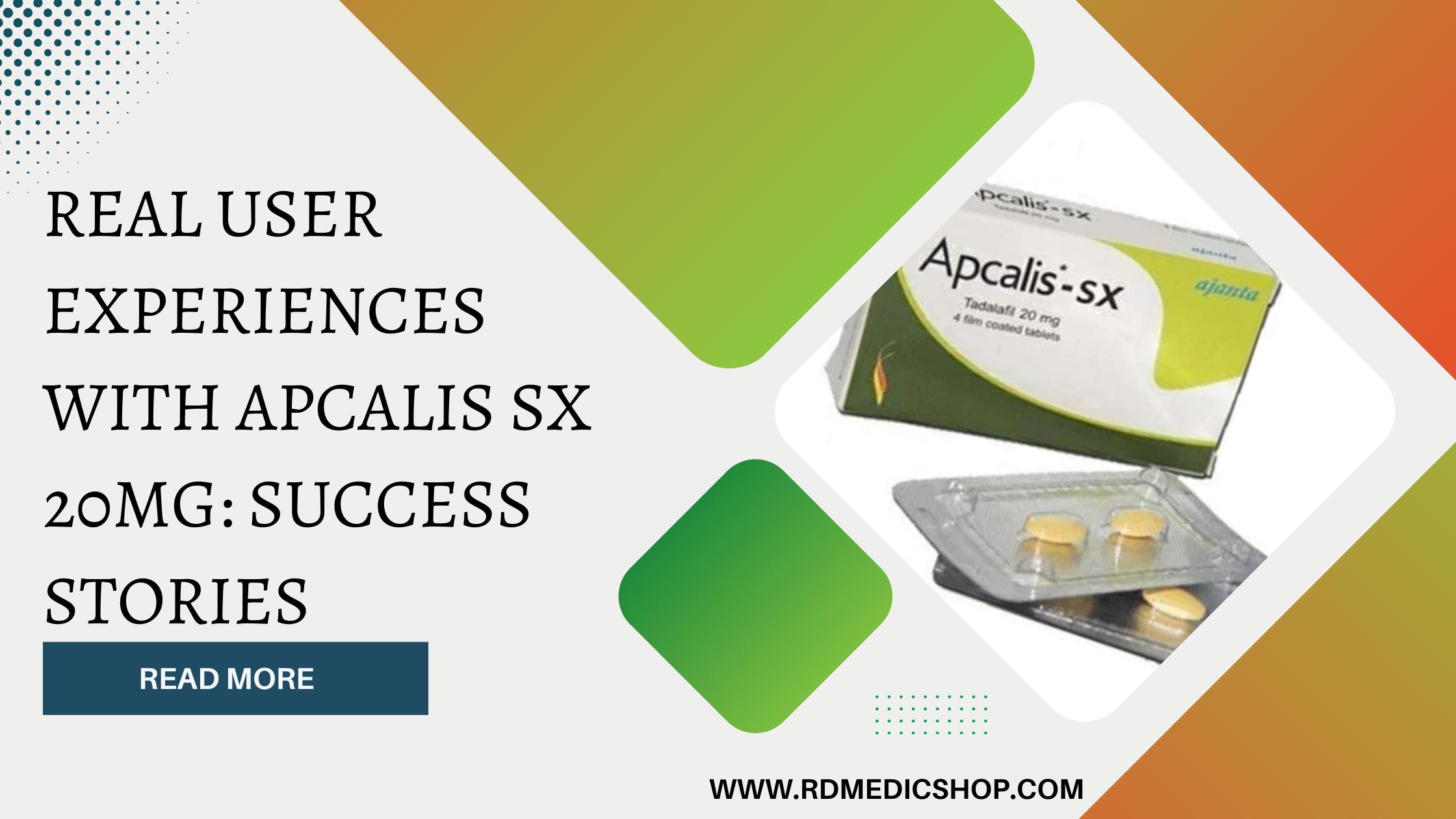How To Create Dev Drive In Windows 11
In the world of software development, having a dedicated workspace for your projects is essential. A Development Drive in Windows 11 can be a game-changer, offering you a segregated space to work on coding projects, improving organization, and optimizing your workflow. In this step-by-step guide, we’ll walk you through the process of creating a Dev Drive in Windows 11.

What is a Dev Drive?
A Development Drive is a designated storage space on your computer where you can store and manage all your development-related files, projects, libraries, and tools. By creating a separate drive for your coding work, you can keep it organized, enhance performance, and maintain a clear distinction between your personal files and your development projects.
Step 1: Prepare Your Storage Device
Before you begin, ensure you have an external hard drive or a secondary internal drive with sufficient storage space. This drive will become your dedicated Development Drive, so make sure it has enough capacity to accommodate your projects.
Step 2: Initialize and Format the Drive
- Connect your storage device to your computer.
- Press
Windows + Xon your keyboard to open the Quick Access menu, and select "Disk Management" from the list. - In the Disk Management window, you’ll see a list of all your drives. Locate your storage device; it will be labeled as “Disk X” (where X is the disk number).
- Right-click on your storage device in the list and select “Initialize Disk.” Follow the on-screen prompts to complete the initialization process.
- After initialization, right-click on the unallocated space on your storage device and choose “New Simple Volume.”
- The New Simple Volume Wizard will open. Follow the wizard to create a new partition on your storage device, assign a drive letter (e.g., D: for Development), and format the drive with a file system (e.g., NTFS).
- Complete the wizard, and your storage device is now ready as your Development Drive.
Step 3: Create Folders for Organization
- Open File Explorer on your computer.
- Navigate to your new Development Drive, which will now appear with the drive letter you assigned (e.g., D:).
- Create folders to organize your projects, libraries, tools, and any other development-related content. You can create separate folders for each programming language or project type to keep things well-structured.
Step 4: Set Up Your Development Tools
Now that your Development Drive is ready, you can install or configure your preferred development tools, integrated development environments (IDEs), and programming languages. When installing these tools, make sure to specify your Development Drive (e.g., D:) as the location for saving project files and related assets.
Step 5: Start Coding!
With your Development Drive set up and your development tools configured to use it, you’re ready to start coding! Create new projects within your organized folders and enjoy the benefits of having a dedicated and efficient workspace for your coding endeavors.
Conclusion
Creating a Development Drive in Windows 11 is a simple yet powerful way to optimize your development workflow. By segregating your coding projects from your personal files and configuring your development tools to work seamlessly with your Dev Drive, you’ll enhance organization, improve performance, and boost productivity in your coding endeavors.
Take advantage of this dedicated workspace to build, create, and innovate in a clutter-free environment, and watch your coding projects thrive!







